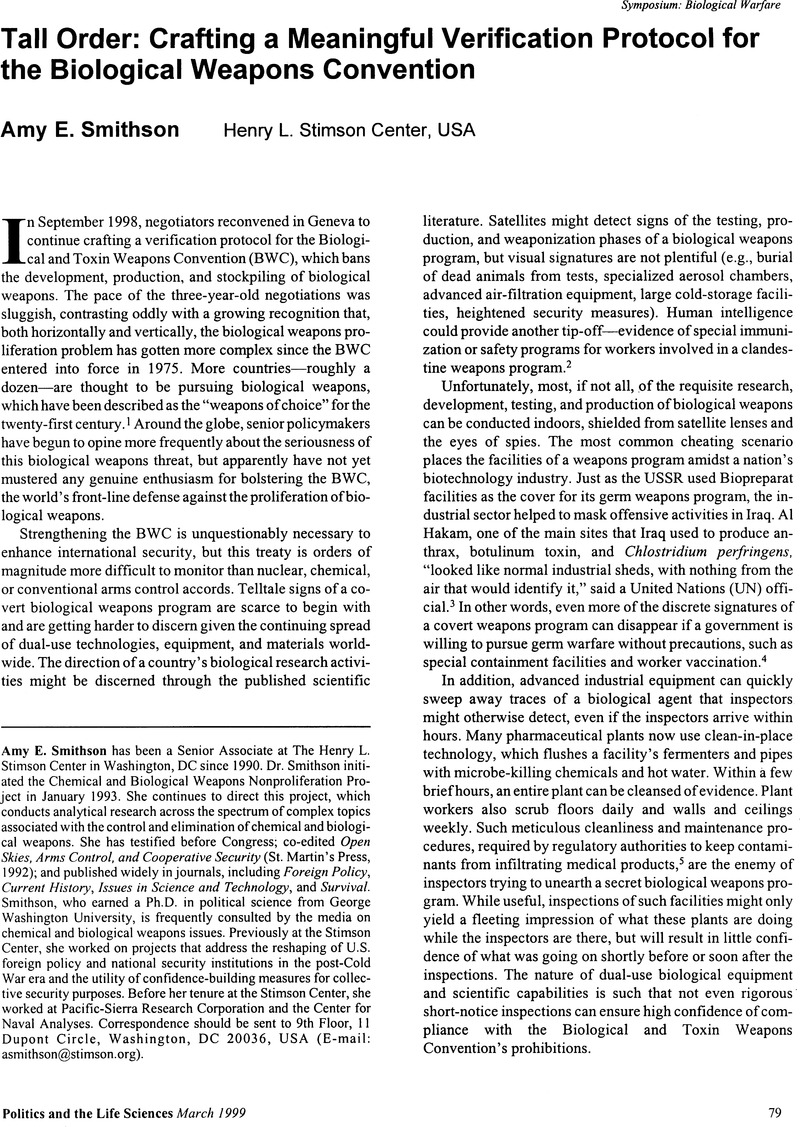Crossref Citations
This article has been cited by the following publications. This list is generated based on data provided by Crossref.
Wright, Susan
and
Falk, Richard
1999.
Responding to the Challenge of Biological Warfare—A Matter of Contending Paradigms of Thought and Action: Introduction.
Politics and the Life Sciences,
Vol. 18,
Issue. 1,
p.
55.
Takshe, Aseel A.
Van der Molen, Irna
and
Lovett, Jon C.
2012.
Examining the Lack of Legal Remedies for Environmental Damage in the 2006 Lebanon–Israel War.
Environmental Policy and Governance,
Vol. 22,
Issue. 1,
p.
27.
Kosal, Margaret E.
2020.
Disruptive and Game Changing Technologies in Modern Warfare.
p.
31.



